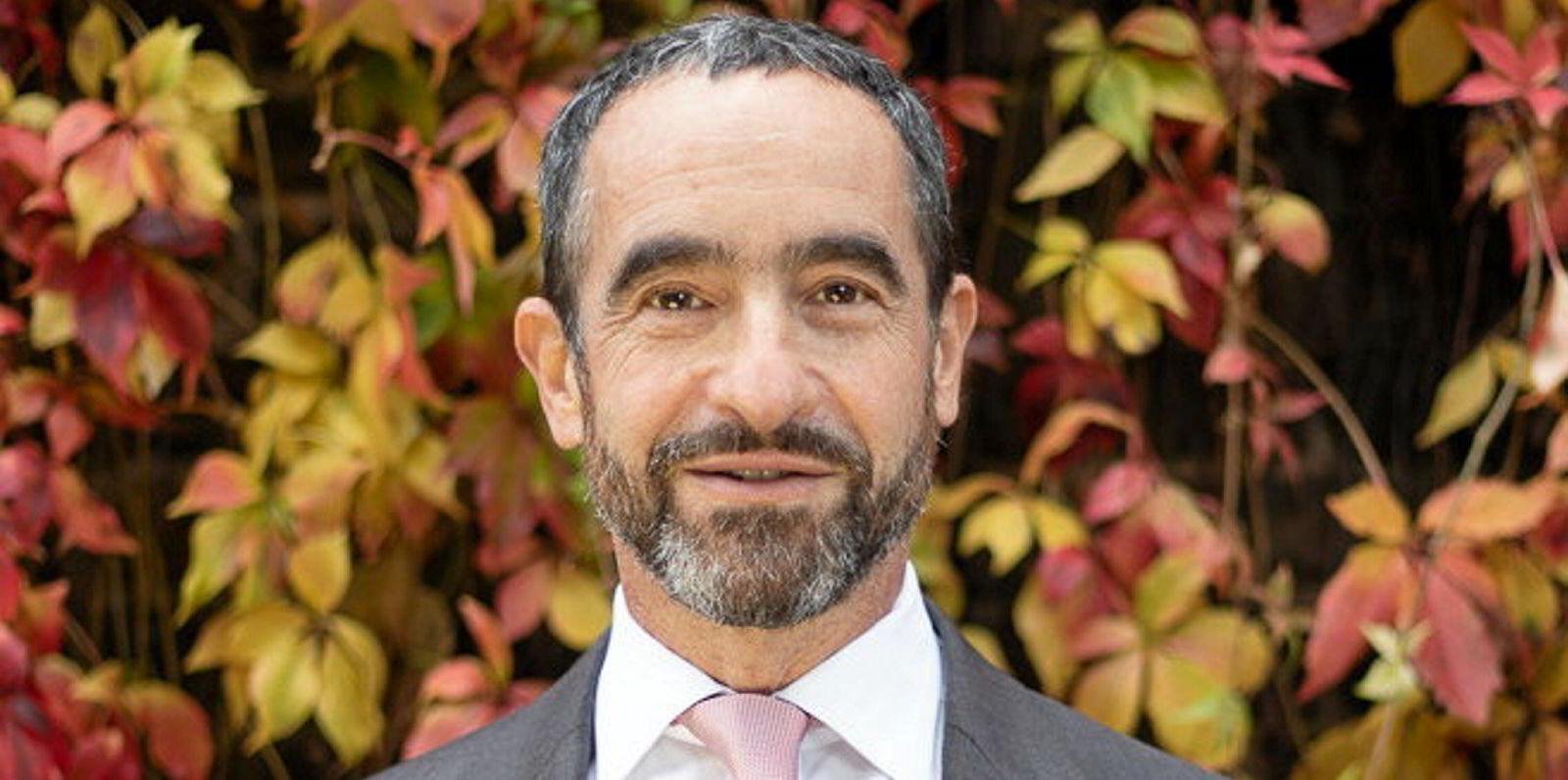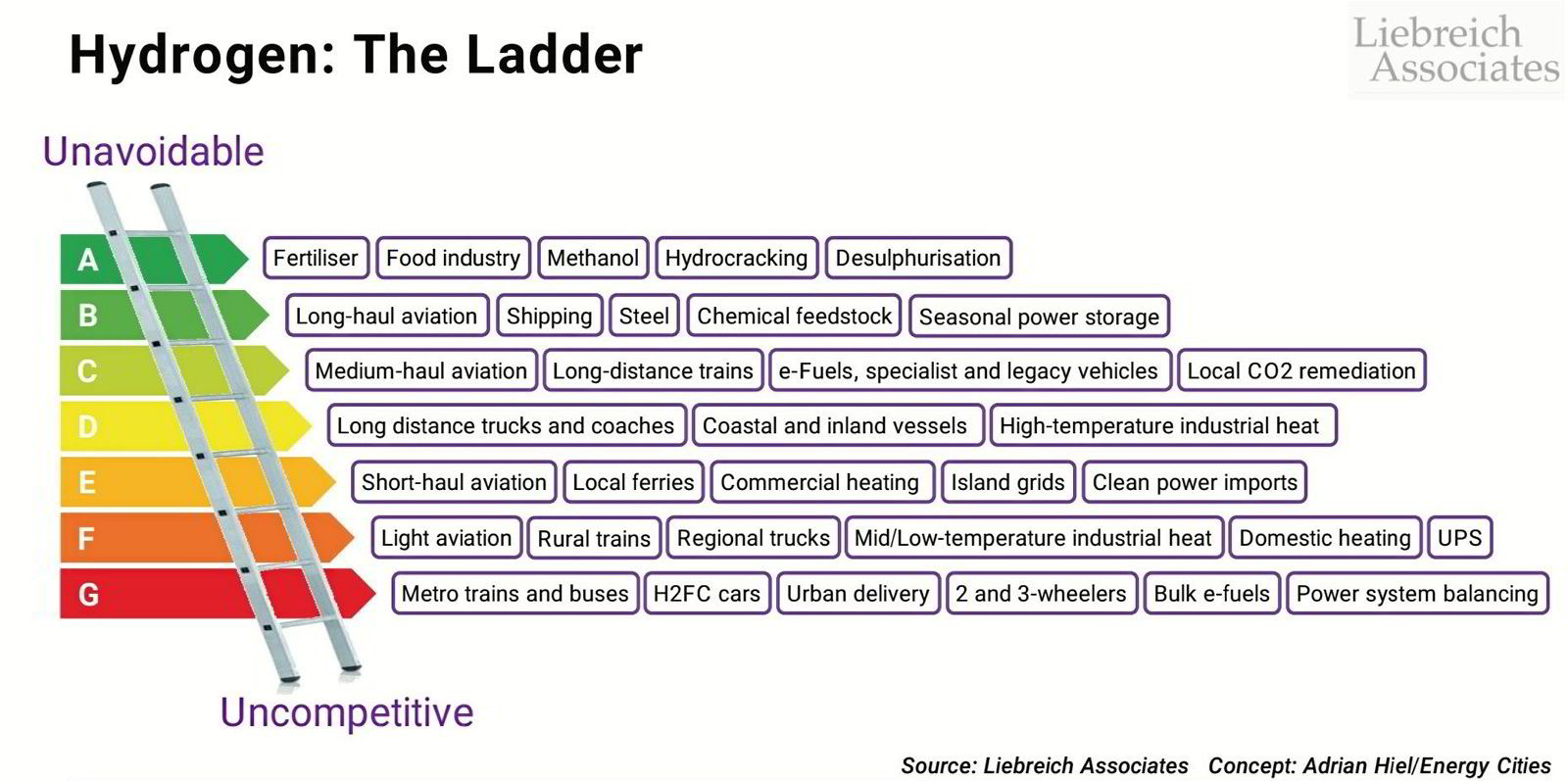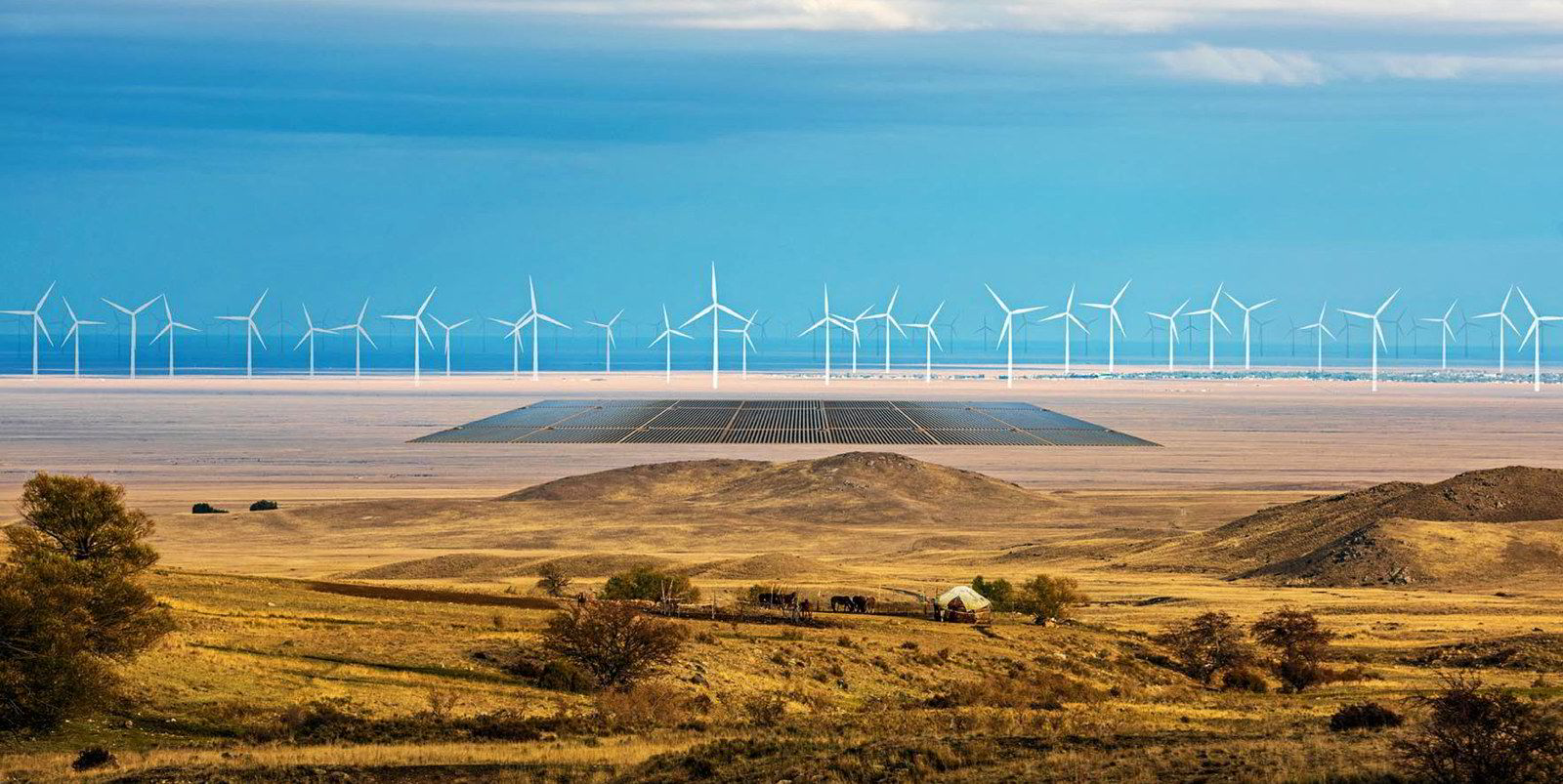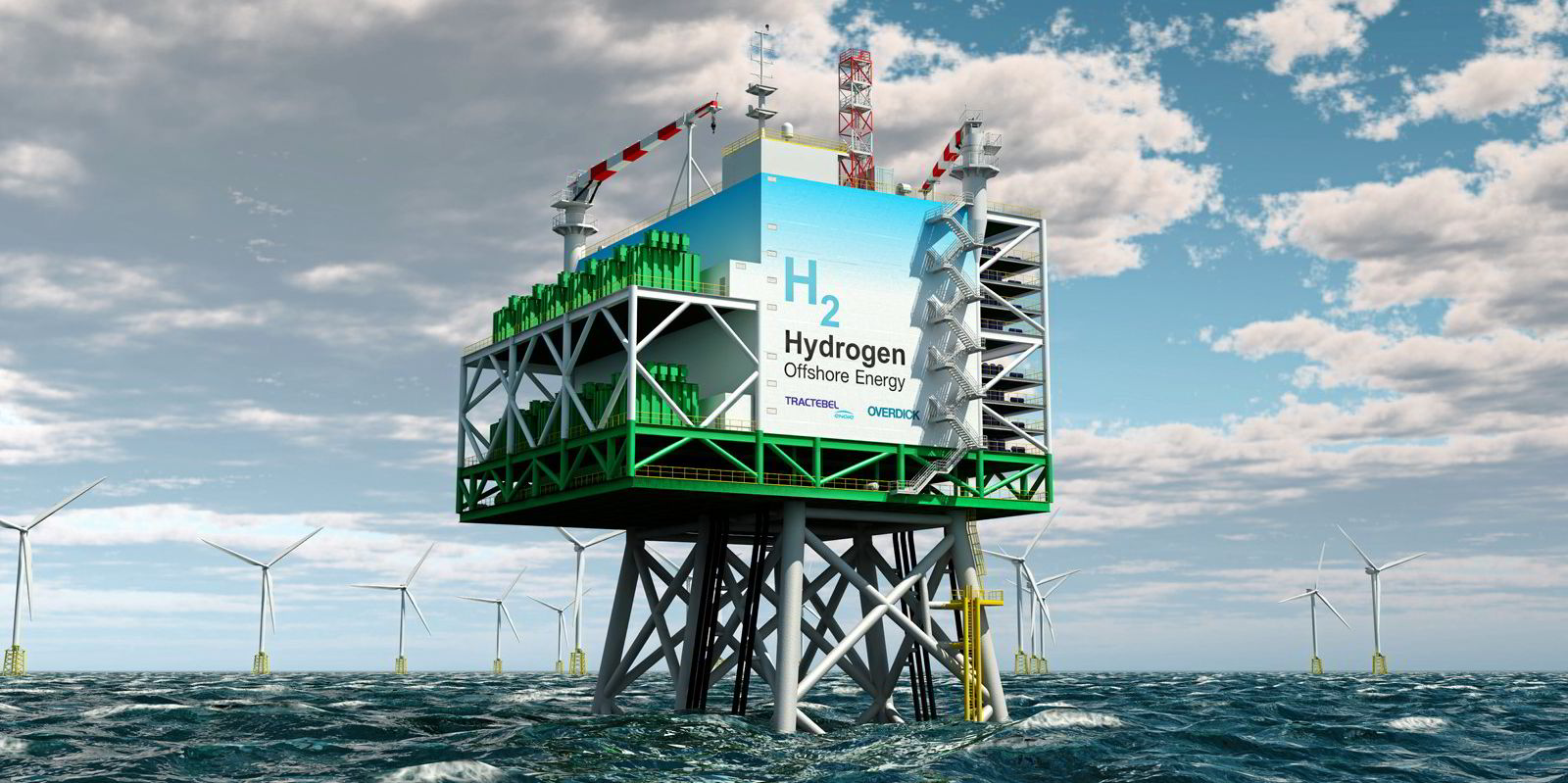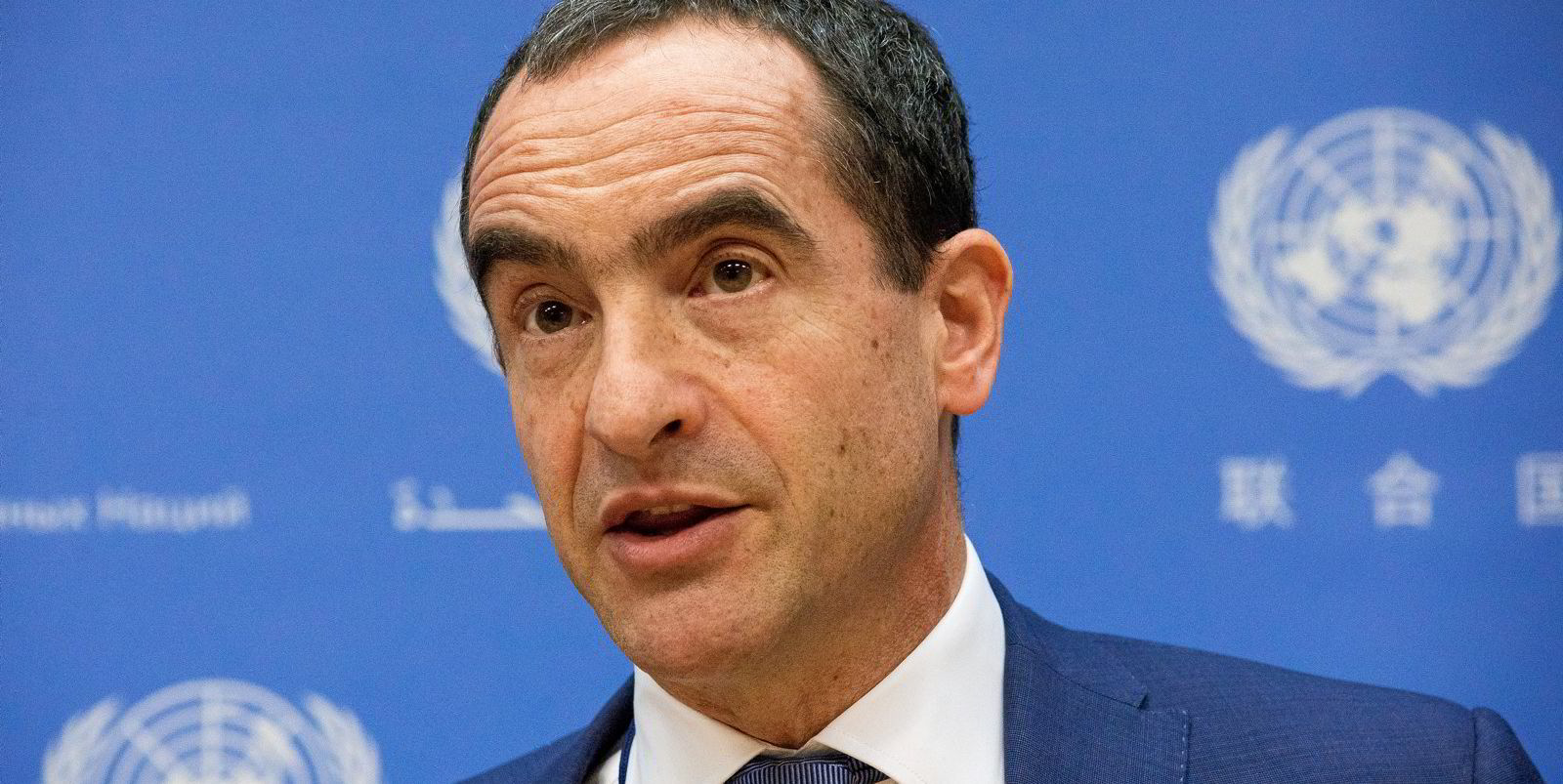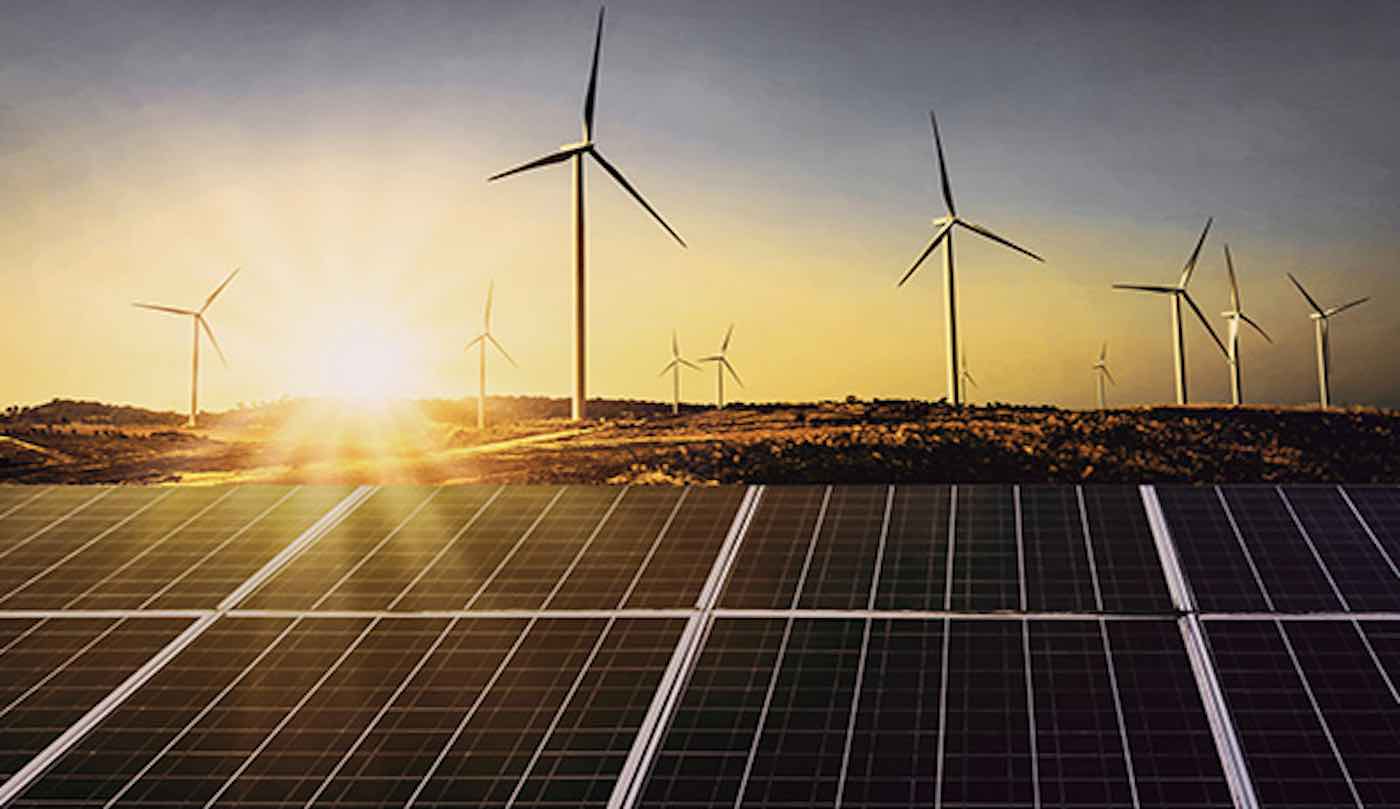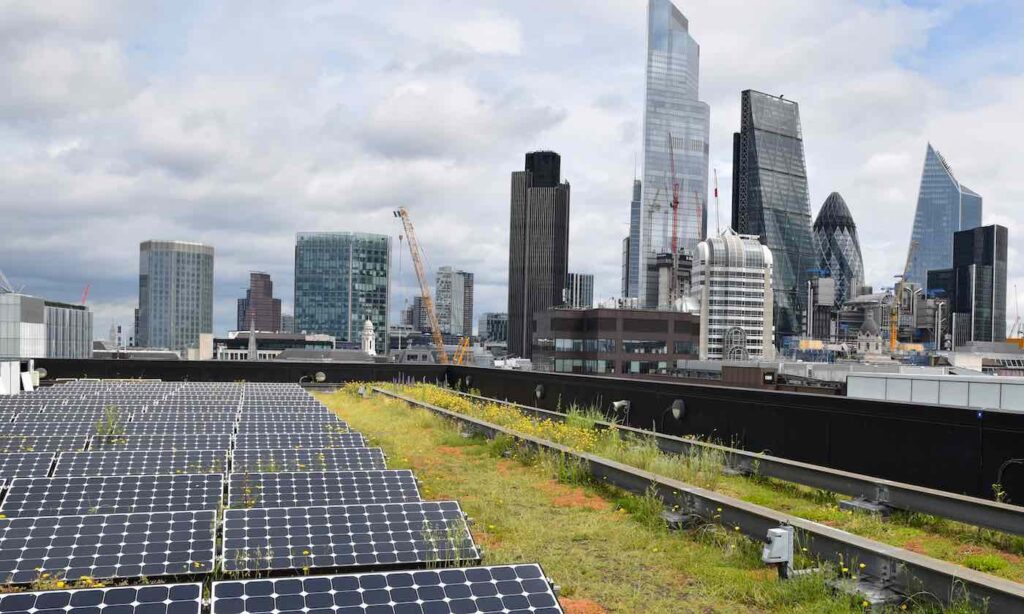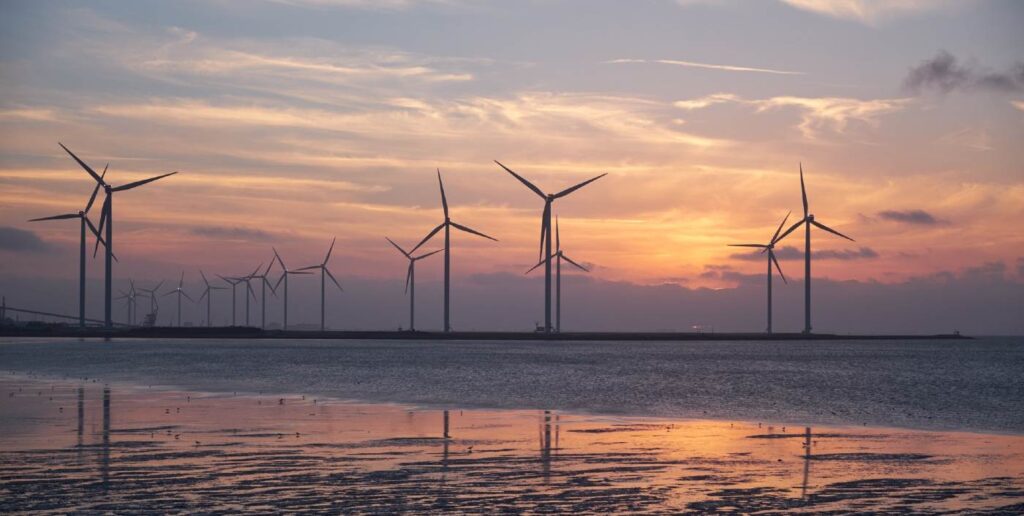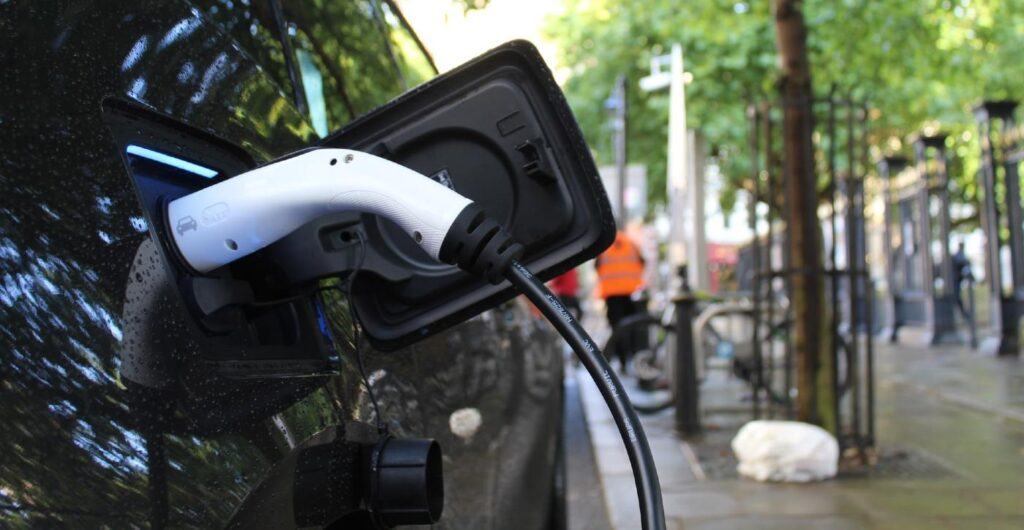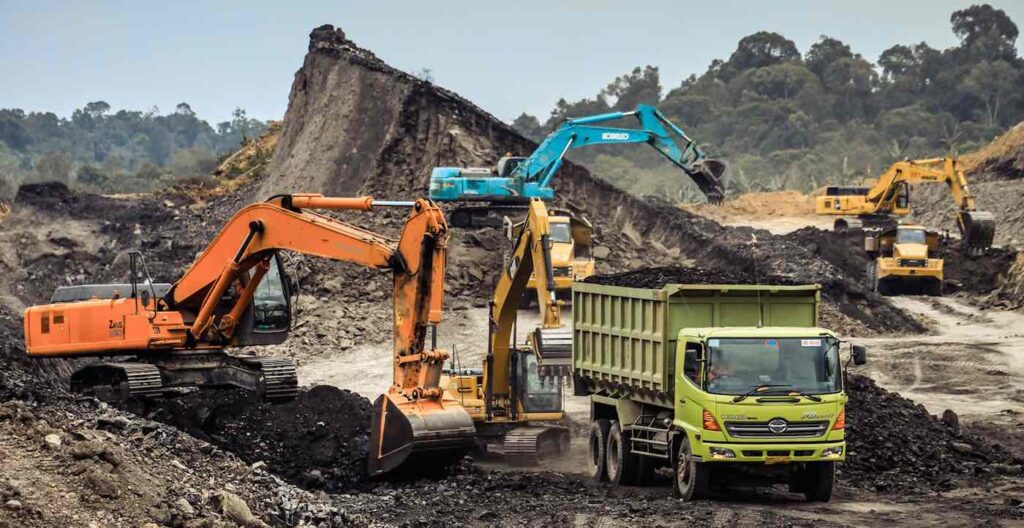President Jair Bolsonaro is accused of involvement in scheme to skim his aides’ salaries, news website UOL reported.

5 Jul 2021
Brazil’s President Jair Bolsonaro has been accused of being involved in a scheme to skim salaries of his aides while a federal deputy, Brazilian website UOL reported on Monday, heaping more political pressure on the far-right leader.
Citing what it said were audio recordings of Bolsonaro’s former sister-in-law explaining his role in the alleged racket, UOL said the racket involved hiring close associates as employees and then receiving a cut of their public salaries back from them.
KEEP READINGBrazilians protest Bolsonaro’s handling of the COVID pandemicBrazil to suspend COVID vaccine deal with India’s Bharat BiotechBrazil senator files complaint against Bolsonaro over vaccines
The UOL report is the first time Bolsonaro has been directly implicated in such a scheme, known locally as rachadinha.
Rio de Janeiro state prosecutors have formally pressed charges against federal Senator Flavio Bolsonaro, the president’s eldest son, over his alleged participation in a similar racket when he was a state lawmaker.
Monday’s report comes as Bolsonaro is facing widespread public anger and mass protests over his handling of the COVID-19 pandemic – and fielding questions about alleged corruption in the government’s vaccine procurement efforts.
The populist leader was elected in 2018 on a promise to root out corruption after several high-profile scandals rocked Brazil.
But Bolsonaro’s handling of the coronavirus, which has killed more than 524,000 people across the South American nation, has caused a steep decline in his popularity – and he faces a Senate commission investigation into his government’s pandemic policies.
Thousands of people protested across Brazil during the weekend to demand his resignation over the crisis.
Brazilian Supreme Court Justice Rosa Weber also on Saturday authorised a criminal investigation into Bolsonaro’s response to allegations of potential corruption within his health ministry in the process of procuring an Indian COVID-19 vaccine.
He has been implicated in alleged irregularities surrounding a 1.6 billion reais ($315m) contract signed in February with a Brazilian intermediary of the vaccine’s maker, Indian pharma company Bharat Biotech, for 20 million doses. Bolsonaro has denied any wrongdoing.
The UOL report is based on audio recordings of Bolsonaro’s former sister-in-law, Andrea Siqueira Valle, provided by a source.
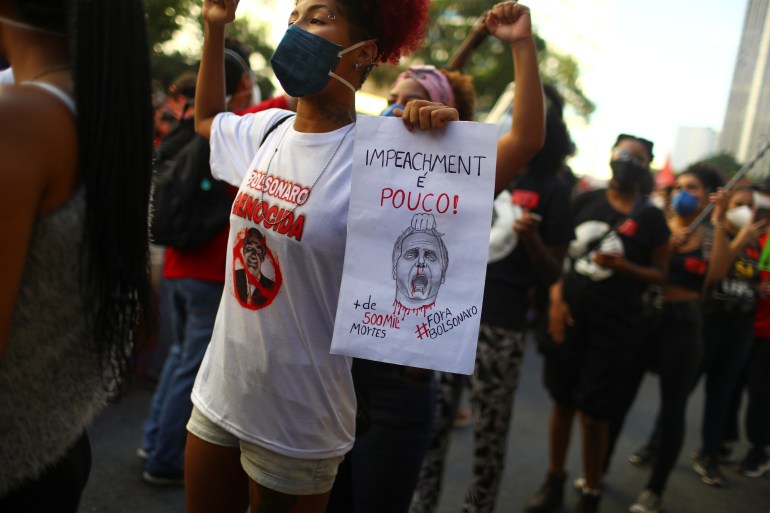
“André had a lot of trouble because he never returned the right money that had to be returned,” she said on the recording.
“Eventually, Jair said … ‘Enough. You can get rid of him because he never gives me the right amount of money’.”
Bolsonaro’s office declined to comment to the Reuters news agency. A lawyer representing Bolsonaro contacted by UOL denied illegalities.
The recent scandals could pose a problem for Bolsonaro as Brazil prepares for presidential elections next year.
Former left-wing President Luiz Inacio Lula da Silva is expected to run – but has not confirmed his candidacy – and recent polling shows Lula stands a good chance of defeating Bolsonaro.
SOURCE: AL JAZEERA, REUTERS




 PROTESTERS AT THE BLOCK THE BOAT DEMONSTRATION IN OAKLAND HARBOR, 2014
PROTESTERS AT THE BLOCK THE BOAT DEMONSTRATION IN OAKLAND HARBOR, 2014

